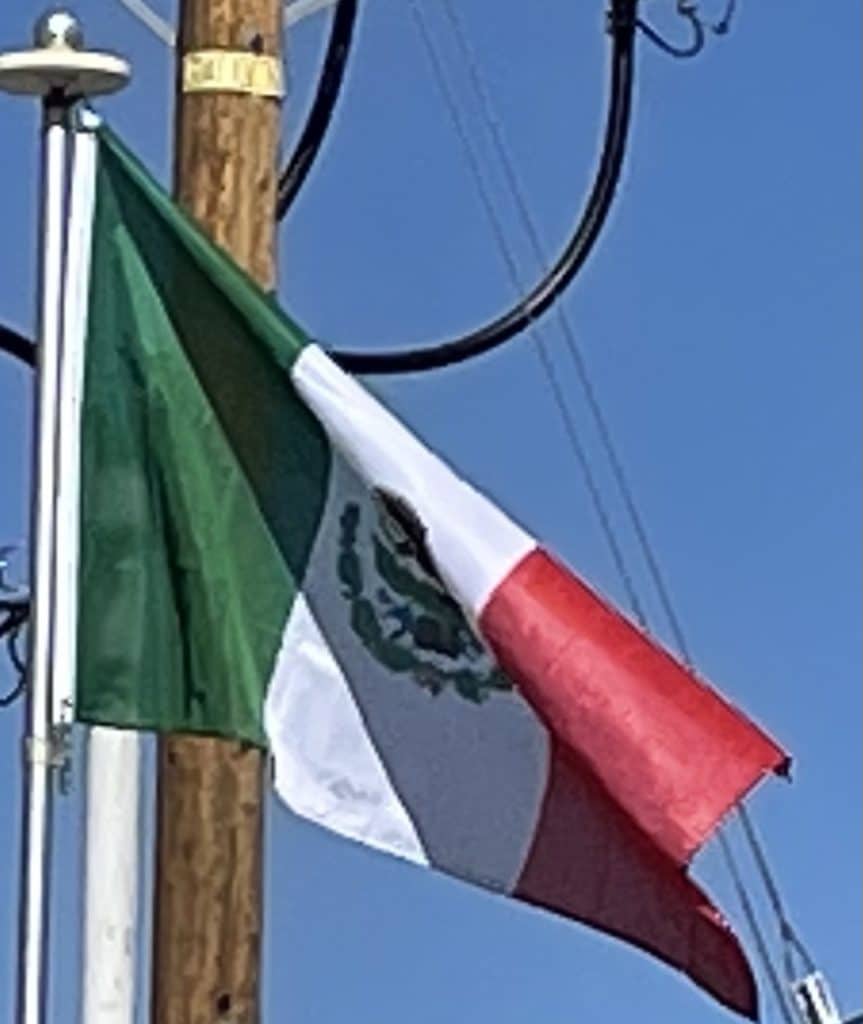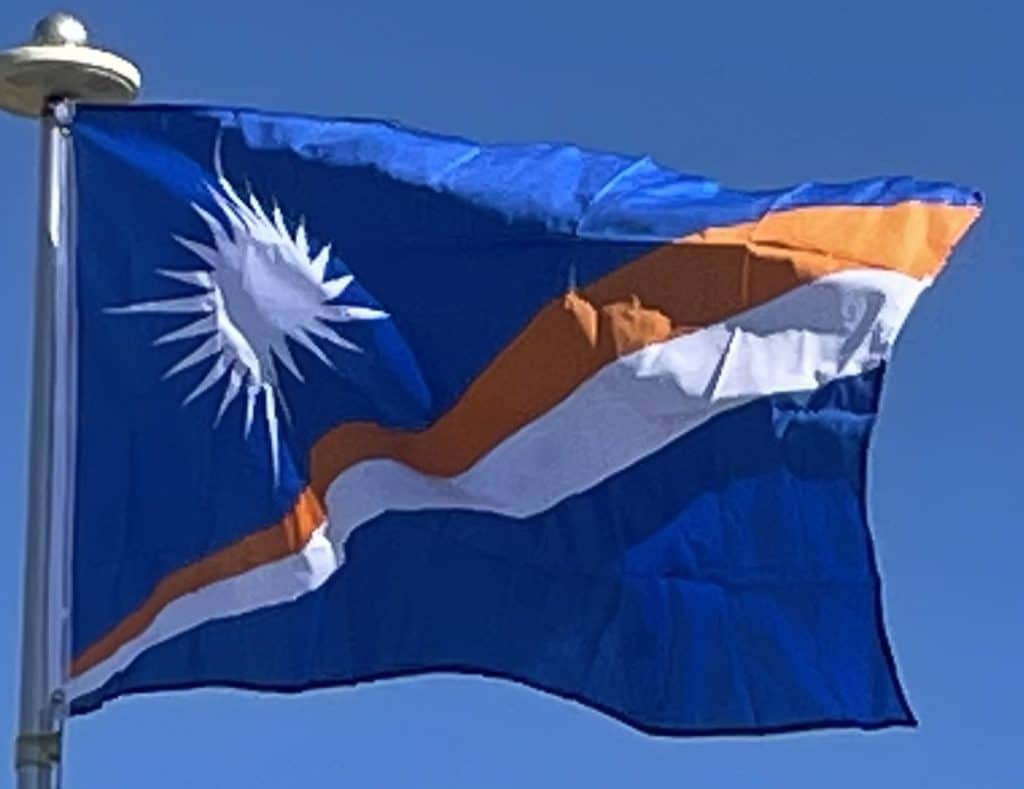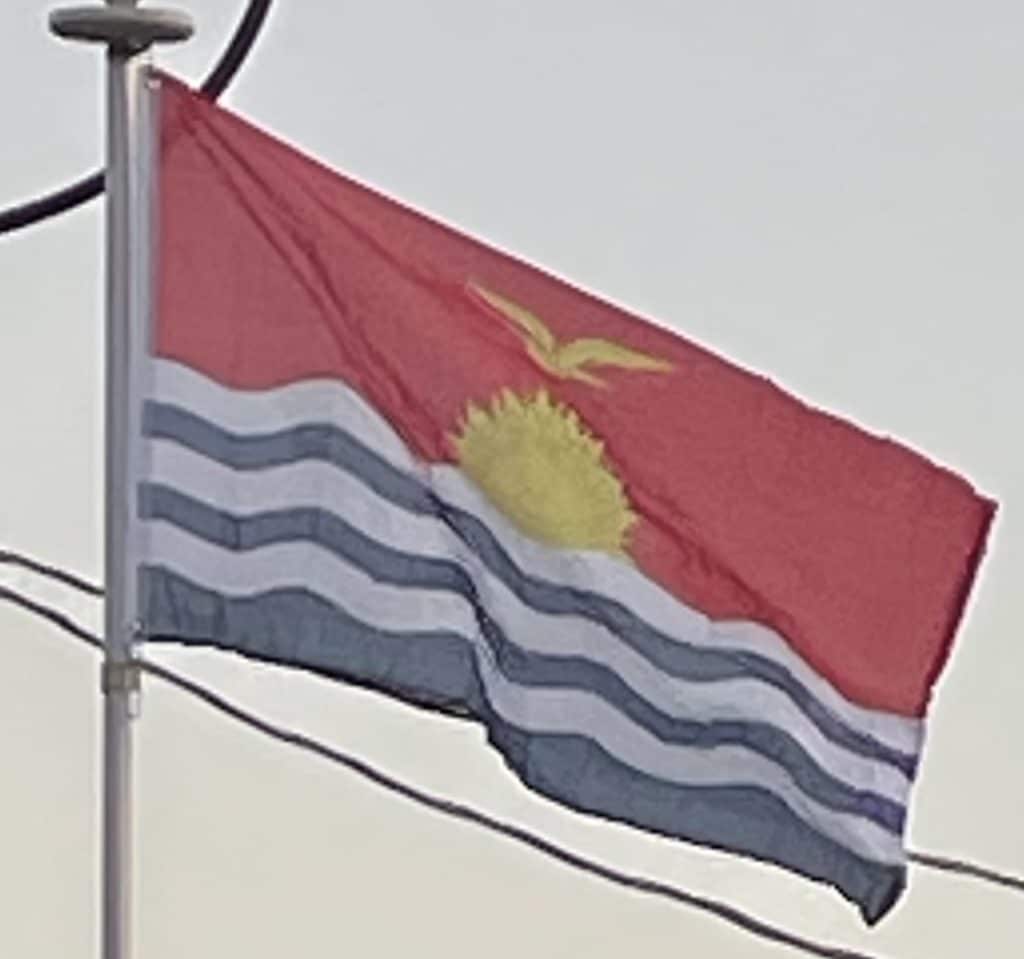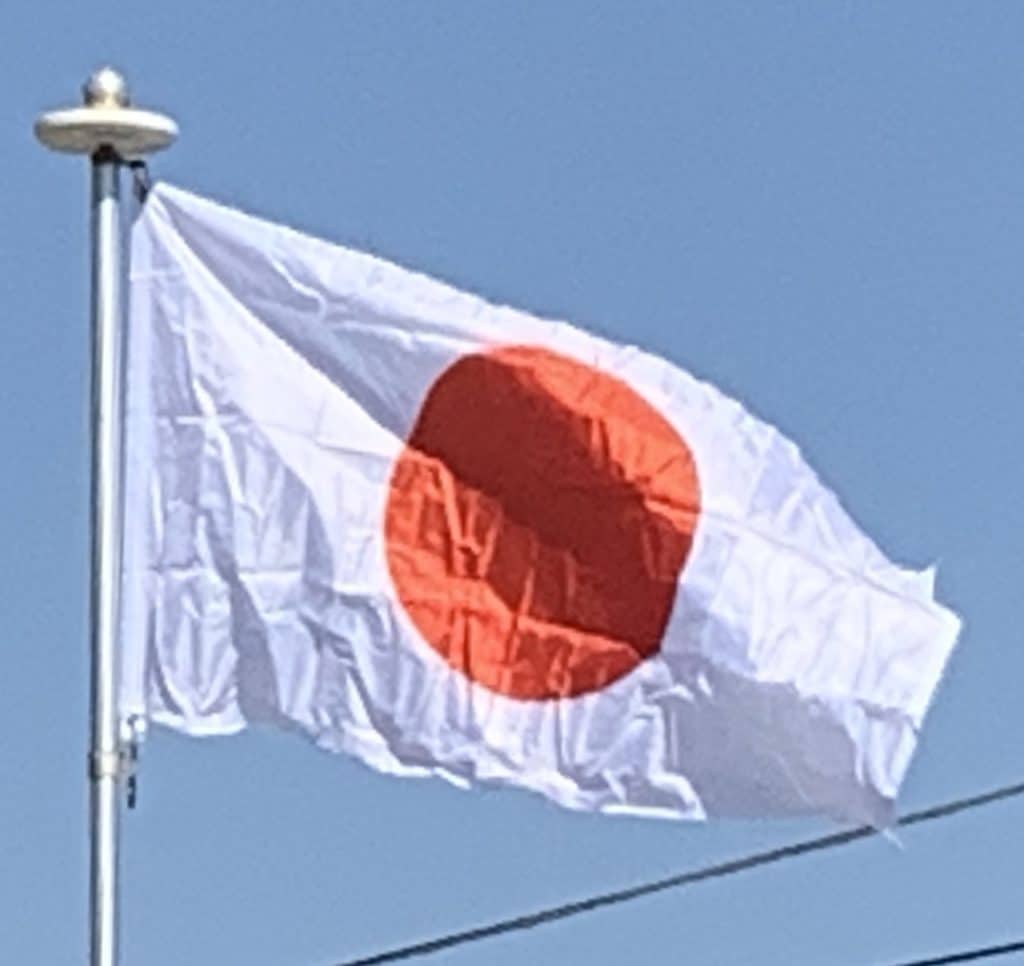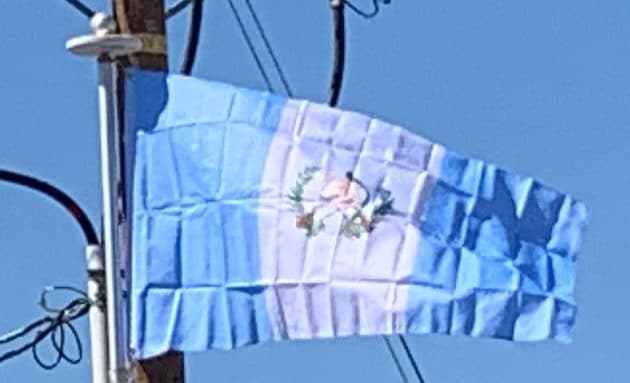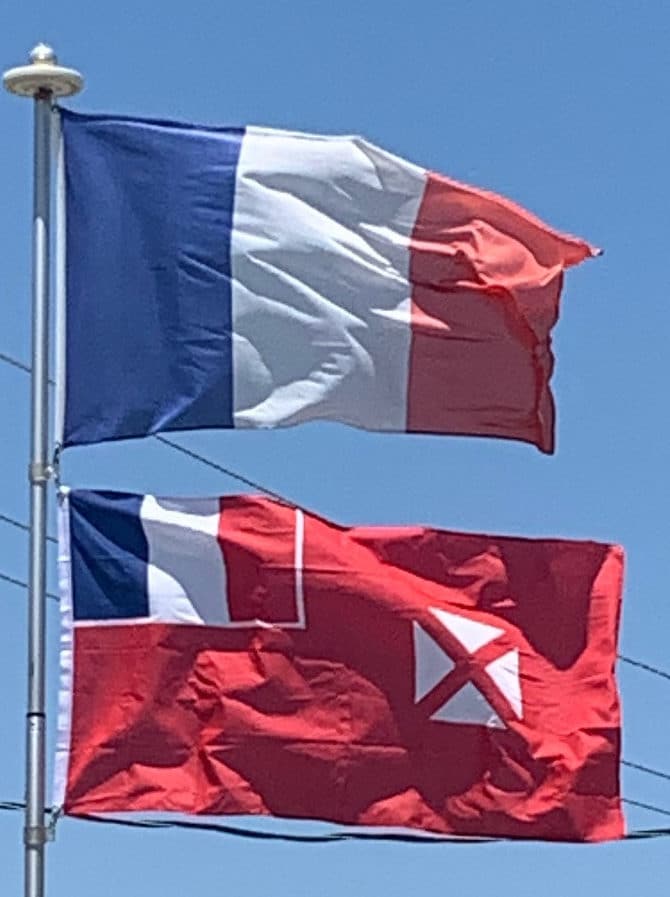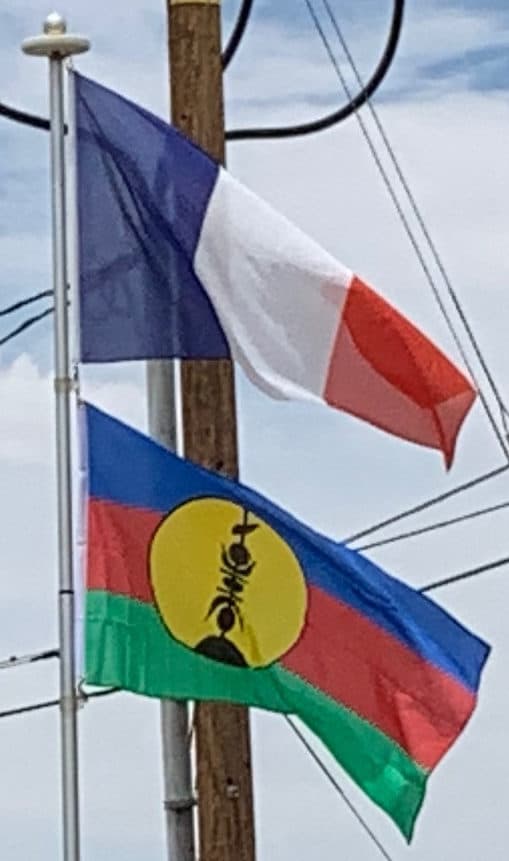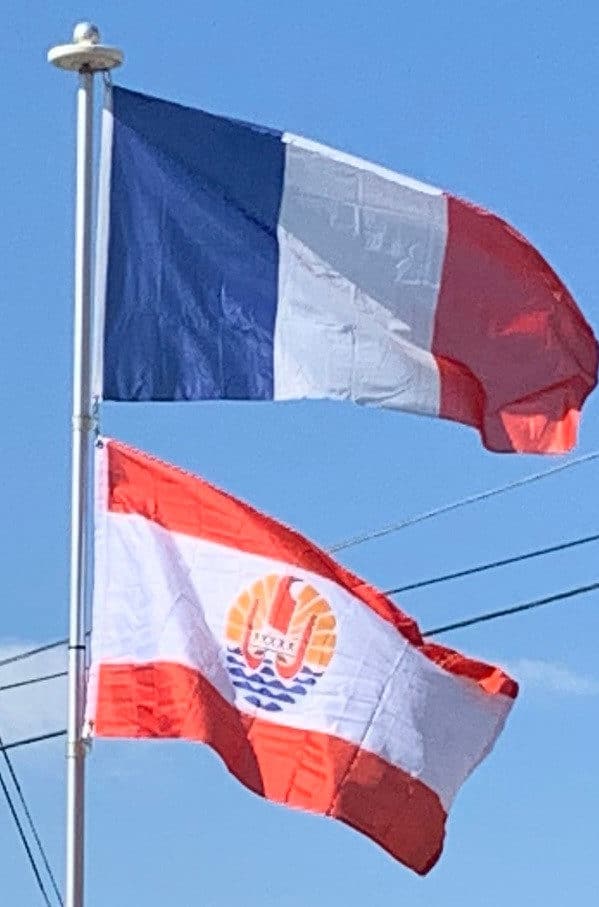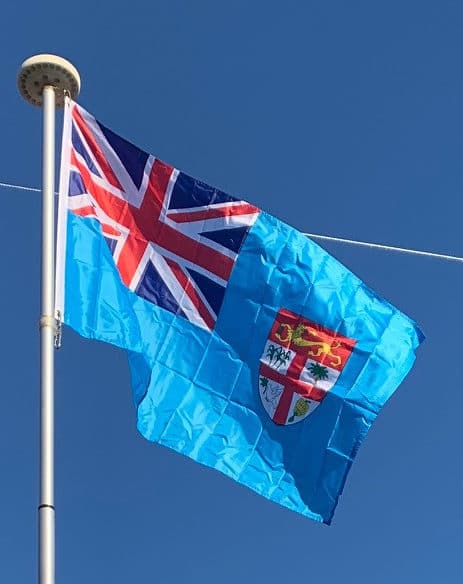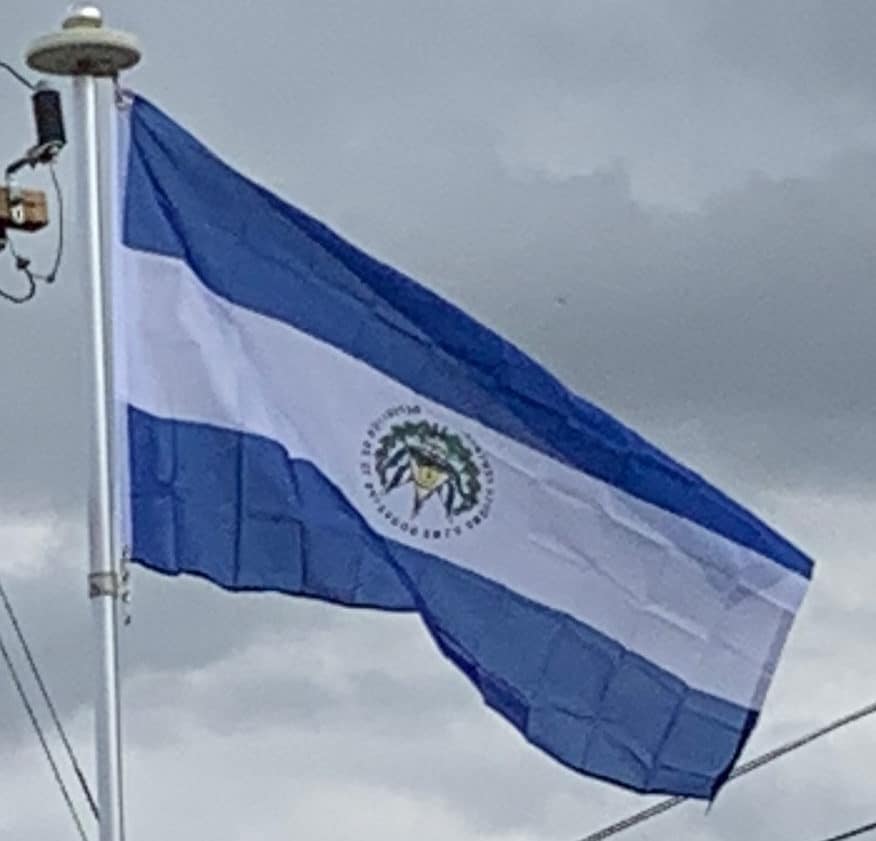Mexico
Red, white, and green are the colors of the national army in Mexico. The central emblem is the Mexican coat of arms, based on the Aztec symbol for Tenochtitlan (now Mexico City), the center of the Aztec empire. It recalls the legend of an eagle sitting on a cactus while devouring a serpent that signaled to the Aztecs where to found their city, Tenochtitlan. A ribbon in the national colors is at the bottom of the coat of arms. Throughout history, the flag has changed several times, as the design of the coat of arms and the length-width ratios of the flag have been modified. However, the coat of arms has had the same features throughout: an eagle, holding a serpent in its talon, is perched on top of a prickly pear cactus; the cactus is situated on a rock that rises above a lake.
